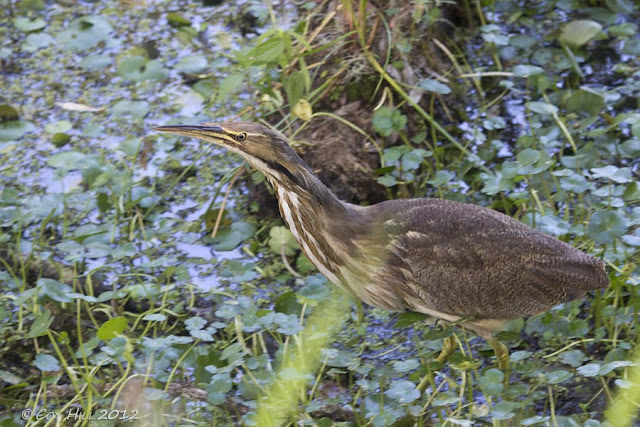Perhaps no other photography tool is more important than a tripod. It is impossible for the human body to support anything without some degree of shake or quiver. Short lenses, high shutter speeds and image stabilization helps to eliminate camera motion but when using longer lenses and particularly in low light situations stabilizing the camera becomes of utmost importance.
Mona of the Montanagirl blog recently asked me to make some recommendations as to what tripod may suit her needs. With her request in mind I will share some of my thoughts on tripods here but first late me state unequivocally that ANY tripod that supports your camera and lens is better than no tripod.
Induro AT313 Alloy 8M
Before looking at any other features ensure that the legs you are considering are rated to support the largest lens & camera rig that you may use it with. Keep in mind possible future lens purchases. Buying a big lens is expensive enough without needing to replace a recently purchased tripod. I well remember seeing a elk shooting buddy show up for the rut one year with a heavy duty set of carbon fiber gittzo legs & Wimberly gimbal head with his little 300mm F4 attached. The wisdom of his choice became apparent the next autumn when he arrived to shoot the rut sporting a new 12 pound Canon 400mm F2.8.
Tripods suitable for the still photographer are typically made with either carbon fiber or aluminum legs. Carbon fiber is lighter, stronger, and more expensive. If weight is not a major concern aluminum legs can be purchased for less than one half the price of carbon fiber. If weight is a concern and your budget allows carbon fiber is the best way to go.
Independent leg locks allow the photographer to easily position the tripod level on uneven ground without dealing with the time consuming chore of adjusting each legs length. With these locks each leg can be set at whatever angle is required to bring the rig level. Independent leg locks also allow quick adjustment of the tripods total height. Also note the bubble level; it comes in very hand when setting up the pod and particularly when using gimbal heads which will swivel uncontrollably if the tripod's center line is not plumb.
Leg locks should be considered also. There are a number of different leg locks on the market. The ones picture here are the twist type that lock and release with less than a quarter turn.
I have read much about center columns and as you can see my pod does indeed have a center column; and not by accident. While it is very true that by extending the center column you have placed a monopod on top of a tripod and have lessened the stability of the rig, I find that for my shooting the center column affords greater versatility.
When possible I shoot with the center column down however since much of my wildlife is shot while seated in blinds, seated on the ground, or seated on the boat. There are many times when I need to adjust camera height by a few inches and do not have option of moving the legs. With the center column down the rig is as stable as one without the column yet when a height adjustment is necessary the column is there. For me it was an easy choice.
















































